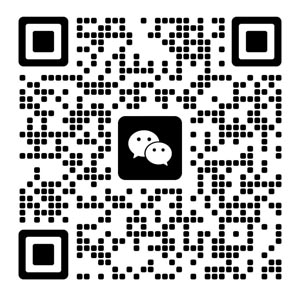The four stages of bearing damage are analyzed for you
Rolling bearings are widely used in rotating machinery and are also one of the vulnerable components. Many failures of rotating machinery are related to rolling bearings. The working quality of the bearing has a great influence on the working state of the machinery. Its defects will cause abnormal vibration and noise of the equipment, and even damage the equipment in severe cases. Correct condition monitoring and diagnosis of rolling bearings is an important aspect of equipment optimization management and predictive maintenance in modern enterprises.
Four stages of the development of rolling bearing failures:
Corresponding to the structural composition of rolling bearings, rolling bearings have 4 kinds of failure frequencies: the failure frequency of the rolling bearing cage, the failure frequency of the rolling element of the rolling bearing, the failure frequency of the outer ring of the rolling bearing, and the failure frequency of the inner ring of the rolling bearing. There are special mathematical calculation formulas for the calculation of the fault frequency of these bearings, but the calculation is more troublesome in actual work. With this function plug-in, as long as the bearing model and manufacturer are entered, the corresponding fault frequencies of various bearings can be obtained.
The first stage is the budding stage when the bearing begins to fail. At this time, the temperature is normal, the noise is normal, the total vibration speed and frequency spectrum are normal, but the total amount of peak energy and frequency spectrum have symptoms, reflecting the initial stage of bearing failure. At this time, the real bearing failure frequency appears in the range of about 20-60khz in the ultrasonic section.
In the second stage, the temperature is normal, the noise is slightly increased, the total vibration speed is slightly increased, and the vibration spectrum does not change significantly, but the peak energy increases greatly, and the spectrum is more prominent. The bearing failure frequency at this time appears in the range of about 500hz-2khz.
In the third stage, the temperature is slightly increased, the noise can be heard, the total vibration speed has greatly increased, and the bearing fault frequency and its harmonics and sidebands are clearly visible on the vibration speed spectrum, and the noise level on the vibration speed spectrum is significantly increased. high, the total amount of peak energy becomes larger and the spectrum is more prominent compared to the second stage. The bearing failure frequency at this time occurs in the range of about 0-1khz. It is recommended to replace the bearing in the later stage of the third stage, then the rolling bearing failure characteristics such as wear that can be seen with the naked eye should have already appeared.
In the fourth stage, the temperature increased significantly, the noise intensity changed significantly, the total vibration velocity and vibration displacement increased significantly, and the bearing fault frequency on the vibration velocity spectrum began to disappear, replaced by a larger random broadband high-frequency noise horizon; spikes The total amount of energy increases rapidly, and there may be some erratic changes. Bearings must never be allowed to operate in the fourth stage of failure development, or catastrophic failure could occur.
Therefore, when faced with bearing problems in actual work, considering that the fourth stage of the development of bearing failures has unpredictable sudden hazards, it is recommended to replace the bearings in the later stage of the third stage, which can avoid the expansion of failures and more serious accidents. It is more convincing according to the characteristics of rolling bearing faults such as wear and parts damage that can be seen on the bearing at this time. As for the identification of bearing fault development in the later stage of the third stage, it needs to be comprehensively considered based on the above theoretical characteristics and combined with the actual temperature, noise, speed spectrum, peak energy spectrum, total trend of speed and peak energy and practical experience.


Email to this supplier
Your email address will not be published. Required fields are marked *